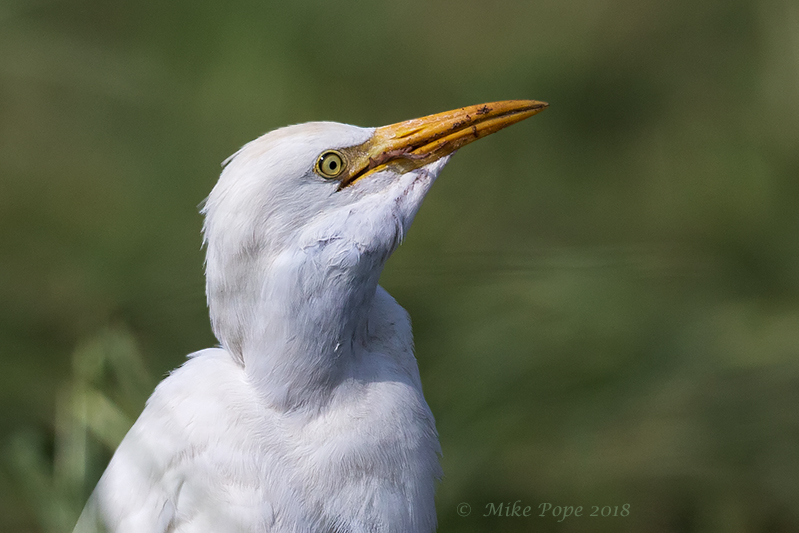We have an affinity for the Pivots, so Paul and I were back there again this morning just after sunrise. Again, the first migrant calls were heard were those of the Blue-cheeked Bee-eaters
 |
| Blue-cheeked Bee-eater (Merops persicus) |
Like last week, we first checked for any raptors that had roosted overnight and found 2 magnificent Eastern Imperial Eagles
 |
| Eastern Imperial Eagle (Aquila heliaca) |
We took a slow drive around the farm finding resident Crested Lark
 |
| Crested Lark (Galerida cristata) |
Many Black-crowned Sparrow-Lark in their usual spot
 |
| Black-crowned Sparrow-Lark (Eremopterix nigriceps) |
There were numbers of Barn Swallows overhead and foraging above the fields
 |
| Barn Swallow (Hirundo rustica) |
with a single Red-rumped Swallow amongst them
 |
| Red-rumped Swallow (Cecropis daurica) |
as well as fair numbers of Pallid Swift
 |
| Pallid Swift (Apus pallidus) |
On one of the overhead lines on the boundary of the farm, a Eurasian Hobby had also roosted overnight
 |
| Eurasian Hobby (Falco subbuteo) |
We checked the boggy wet area and found a few Great Reed Warblers
 |
| Great Reed Warbler (Acrocephalus arundinaceus) |
A pair of Indian Silverbill's that showed they are happy at the Pivots and already planning their next brood. What was interesting with this interaction was that the male bird plucked a piece of grass that he used to attract the female. When she landed next to him, he offered it to her and after she accepted, he mated with her!
 |
| Indian Silverbill (Lonchura malabarica) |
 |
| Getting the gift |
 |
| Offering the gift |
Paul picked up a bright flash of yellow and with patience a Yellow-crowned Bishop emerged up a reed stem. Obviously an escape from West Africa and will be recorded as a Cat E species - but good to see a real splash of colour on the farm
 |
| Yellow-crowned Bishop (Euplectes afer) |
Driving back to the big pool, we stopped for Red-backed Shrike
 |
| Red-backed Shrike (Lanius collurio) |
Pied Wheatear
 |
| Pied Wheatear (Oenanthe pleschanka) |
a Mauryan Grey Shrike
 |
| Mauryan Grey Shrike (Lanius l. pallidirostris) |
We also re-found the Montagu's Harrier
 |
| Montagu's Harrier (Circus pygargus) |
and a resident Common Kestrel, but no Lesser today
 |
| Common Kestrel (Falco tinnunculus) |
At the pool there were a number of Warblers actively feeding in a really densely foliaged small tree - Eastern Olivaceous was easily picked out
 |
| Eastern Olivaceous Warbler (Iduna pallida) |
A Caspian Reed Warbler briefly made an appearance
 |
| Caspian Reed Warbler (Acrocephalus s. fuscus) |
However, another greyish warbler with white underparts was briefly seen and I managed to get a few quick images. This bird hovered on the outside of the tree like a Bonelli's or Plain Leaf Warbler, so this added to the mystery. We didn't know what it may be and Bonelli's was the closest. Later I shared the image with a few experts as we then suspected it may be 'fulvescens' Chiffchaff. However, it seems it may be a hybrid of the 'northern' Chiffchaff group, as it has too much yellow in the super and eye ring and olive is too intense for fulvescens
 |
| Mystery 'northern' Chiffchaff - hybrid? |
We continued with our drive and found the big flock of Western Cattle Egrets where one of them had caught an adult Green Toad. It is always great to see and photograph behaviour. What was amazing was that none of other Egrets tried to steal this frog from the one who caught it - perhaps they were all just saying 'good luck trying to swallow that!'. I took a number of attempts over 15 to 20-minutes to get the frog down and once or twice I almost gagged myself when the frog was swallowed and regurgitated up again. Nevertheless, the Egret persevered and finally got it down - well almost (there was still a toe sticking out when we left). Enjoy the sequence of the Egret and the Toad......
 |
| Western Cattle Egret (Bubulcus ibis) vs Green Toad (Pseudepidalea viridis) |
 |
| Almost there - one last peristalsis movement! |














No comments:
Post a Comment